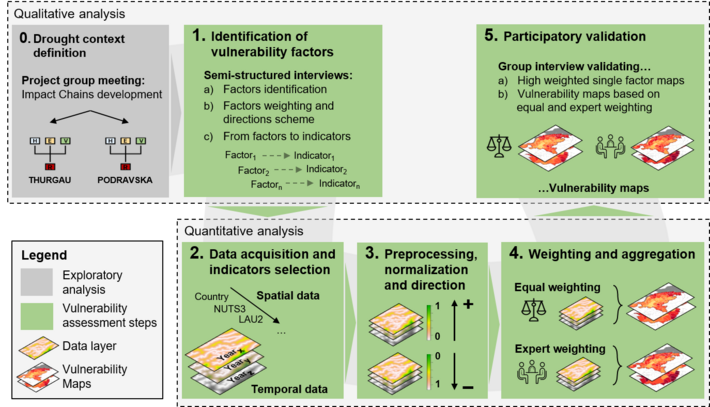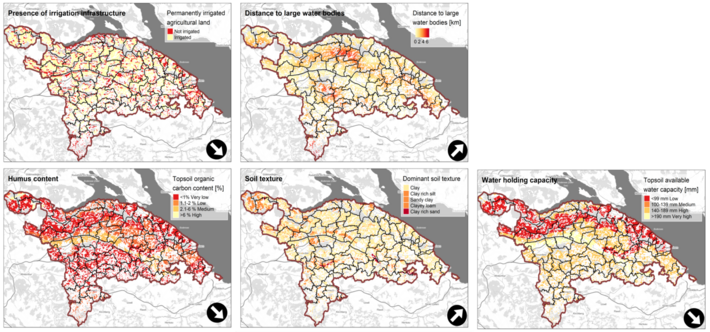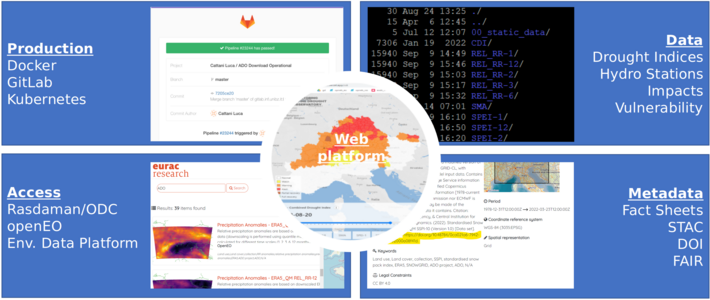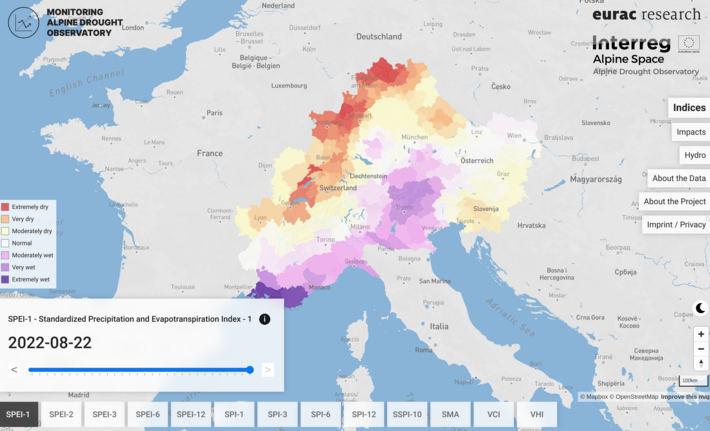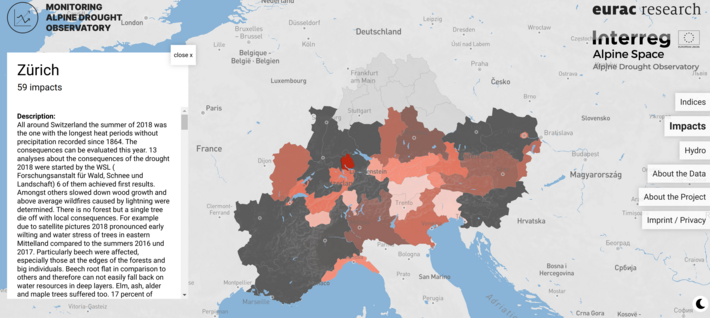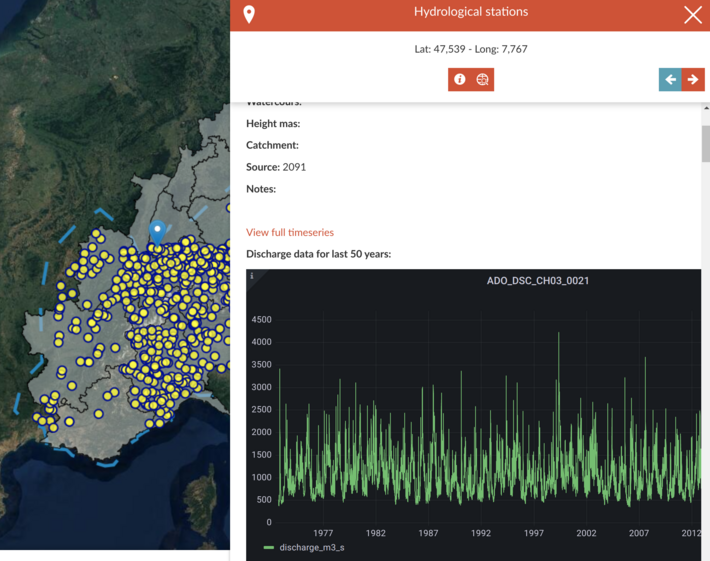Alpine Drought Observatory
2019 - 2022
Water scarcity and related conflicts are becoming a worrying topic in Alpine regions. Moreover, lowland regions far beyond the Alps suffer from missing water from the Alps. Thus, countries are urged to act on this topic with common strategies. To support this cause, the Interreg Alpine-Space project, Alpine Drought Observatory (ADO), aims to set up a virtual observatory for the monitoring of drought in the entire Alpine region and beyond this, to derive recommendations for improved risk preparedness and efficiency of drought management.
The ADO itself will be a transnational alpine-wide operational system with a web-interface (e.g. WebGIS, periodic reports) to access data and specific impact-oriented indices for monitoring droughts and their impacts. It will provide optimized observations and forecasts for mountainous areas, which could be integrated in existing EU-level monitoring systems (e.g. European Drought Observatory). Monitoring will be based on a fusion of existing approaches (e.g. meteorological drought indices, hydrological drought indices), and newly available information (e.g. remote sensing of snow and soil moisture), to provide an optimized set of drought indices and a common drought classification. One of the further project activities will be the collection and recording of specific drought impacts. This knowledge will help to relate meteo-hydrological indices to concrete, real world effects and thus significantly enhance their applicability for drought monitoring and management.
The ADO will be tested in six case studies in all alpine countries with local partners. The case studies represent different drought issues such as agricultural drought, hydrological drought or drought impact on ecosystems. Out of the case studies, guidelines for an improved drought risk management will be developed. Findings will be upscaled to recommendations for drought governance policies for the Alps. Main beneficiaries of project findings are institutions with decision-making capacities in the field of water management, energy production, and agriculture.
Project Website
https://www.alpine-space.eu/projects/ado/
Resultats
In the gallery below some results are shown:
- Vulnerability study Canton of Thurgau (case study)
- Alpine-wide web platform https://ado.eurac.edu/


